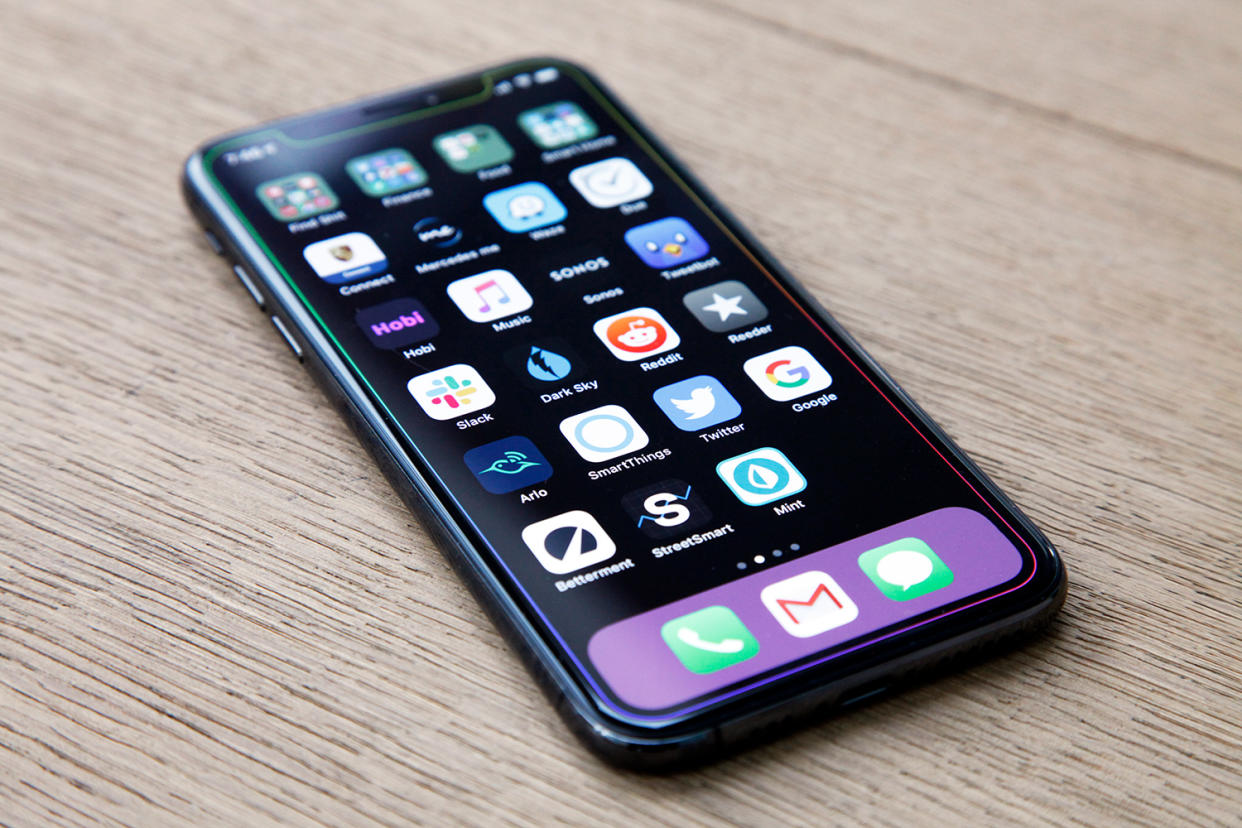Bloomberg says next year’s iPhone 12 might finally bring back Touch ID

Click here to read the full article.
If Apple repeats the new iPhone release pattern it appears to be repeating, next year’s new iPhones could end up being the iPhone 12 series as opposed to the iPhone 11s series. As Apple fans will undoubtedly recall, there is a precedent for Apple reusing the same iPhone design for three consecutive years, as it is doing now. The iPhone 6, iPhone 6s, and iPhone 7 smartphones were all practically identical, and the company then skipped the “7s” and went straight to the iPhone 8 in 2017. Now, the upcoming new iPhone 11 is shaping up to be almost identical to the iPhone X and the iPhone XR/XS series smartphones from the past two years.
As was the case back in 2016, the iPhone 11 will differentiate itself a bit with a new rear camera and new finishes, but the design is otherwise basically unchanged. That could pave the way for a new iPhone 12 next year, and the latest report on Apple’s upcoming 2020 iPhone models suggests that they might be a huge upgrade worth of an entirely new number instead of an “S.”
More from BGR
Apple insider says that these will be the three biggest upgrades on the iPhone 12
Apple calls Google's Project Zero report on iOS malware misleading
Someone might've finally figured out how to fix the frame drop problem on iPhones
When Apple introduced Face ID on the iPhone X, the company said face recognition was the future of biometric authentication on its mobile devices and that Touch ID was done. Of course, anyone who knows Apple knows that the company’s executives love to state things definitively and then completely reverse course later. An iPhone with third-party app support? Pff. An iPhone with a display larger than 4 inches? Never. And so on, and so forth.
People panicked when they heard that Touch ID fingerprint sensors would no longer be included on new iPhone models. Face ID works remarkably well for many users, but there are still some people who don’t have much luck with it and would prefer Touch ID. In fact, there are plenty of people out there who have decided not to upgrade to an iPhone X, iPhone XR, or iPhone XS because they don’t have Touch ID. It’s a huge barrier for many people out there, but it might not be an issue for much longer if Bloomberg’s latest report pans out.
The news site says Apple is currently working on in-display fingerprint sensors that may be included in new iPhone models as soon as next year. The tech is said to be in testing both at Apple and at unnamed supplier facilities overseas, and it might slip to 2021 as opposed to next year’s new iPhone models.
Many people wondered why Apple decided not to go with in-display Touch ID from the start, and the answer is simple: current in-display fingerprint sensors stink. They only read fingerprints on a tiny area near the bottom of the screen, and there’s no tactile targe to feel for like there is on a physical home button with a fingerprint scanner. As a result, you have to look at the display to see where to put your finger, so it takes much longer to unlock your phone. That’s a terrible user experience and it’s easy to see why Apple decided against it.
So why is Apple reportedly working on iPhones with in-display fingerprint sensors now? Bloomberg’s report makes no mention of this, but earlier reports have been a bit more detailed. Apparently, Apple is working on tech that would increase the size of the touch target to essentially occupy the entire bottom part of the screen. This way, instead of having to look at the phone to see where you need to place your finger, you’ll be able to touch it anywhere on the lower half, give or take. The result would be an infinitely better user experience than what we currently see on Android phones.
Bloomberg’s report says Face ID might also be present on new iPhone models with in-display Touch ID.
BGR Top Deals:
You’re crazy if you don’t get Amazon’s $25 Alexa smart plug while it’s down to $5
The transparent glass smart thermostat that makes Nest look like a cheap toy is discounted on Amazon
Trending Right Now:

